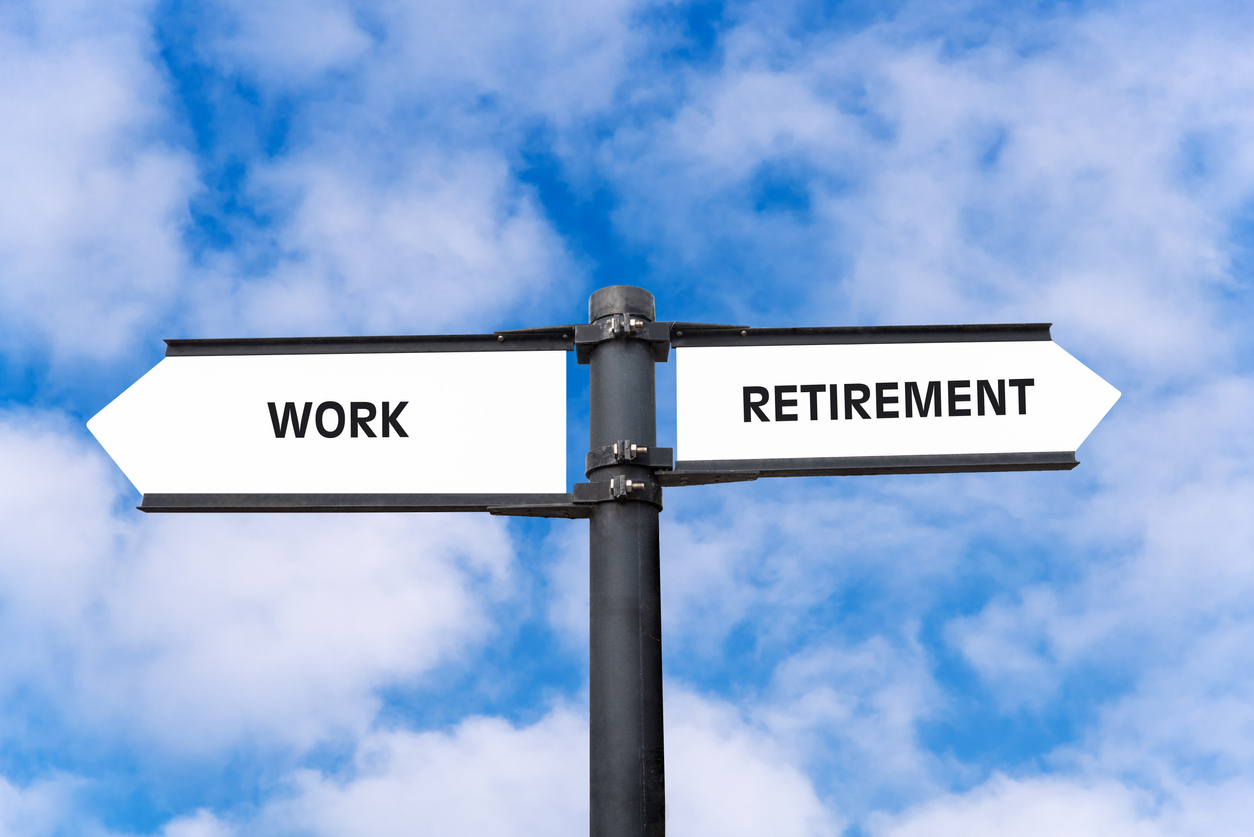
Using a pension is a highly tax-efficient way of saving for retirement. Whilst there is no limit to the amount of pension savings that can be built up by an individual, any pension benefits drawn above a stated level are liable to an additional charge to tax. This is known as the Lifetime Allowance, and the allowance currently stands at £1,073,100.
History of the Lifetime Allowance
The Lifetime Allowance was introduced in 2006, and prior to this date, there was no limit placed on the value of pension savings. When introduced, the allowance was initially set at £1.5m and as one might expect, with prices rising over time, the allowance increased to £1.8m in 2012. This was, however, the highest allowance provided, and the allowance was subject to a number of gradual reductions to stand at just £1m by 2016. The allowance slowly increased in line with inflation after this date but was frozen at the current level in 2020. The Budget in March 2022 confirmed this freeze would remain in place until the 2025/26 Tax Year, which will lead to a further real terms reduction in the allowance, when adjusted for inflation.
How to value a pension against the allowance
For those with Defined Contribution pensions, considering the current value of pension savings against the allowance is relatively easy. However, calculating the value of final salary (defined benefit) pensions for lifetime allowance purposes is not so straightforward. For this type of pension, the annual pension accrued is multiplied by 20, although if a separate lump sum is provided by the scheme at retirement, this also needs to be taken into account.
Testing against the allowance
The value of pension savings is tested against the Lifetime Allowance when you start drawing a pension. In the case of a Defined Benefit pension, this will be when the pension comes into payment. For Defined Contribution pensions, this is on each occasion that income, or a lump sum, is taken from the pension. The allowance is also tested if you reach the age of 75 and have pension savings that have not been drawn, or if an individual dies before the age of 75 and hasn’t drawn their pension savings before death.
What is the charge
If your pensions are collectively worth more than the Lifetime Allowance when drawn, you are likely to face an extra tax charge. What this charge will be, depends on how much you exceed the limit by, and also the method by which you draw your pension. If the amount above the allowance is taken as a lump sum, the tax charge on the excess is 55%, or if the excess is taken by way of pension income (for example via drawdown or an annuity) the tax charge is 25%, which is added to any income tax due on the pension income drawn.
Planning ahead
As pension values increase, it is important that individuals consider whether they are likely to face a Lifetime Allowance charge. This is where future planning can be helpful, as an estimate of the likely position at retirement can be calculated by considering an estimate of the likely contributions that will be made in the future, and what growth could be achieved (in the case of a Defined Contribution pension) on the value of the existing pension pot.
Protections exist that enable an individual to benefit from a higher Lifetime Allowance, although there are strict criteria that need to be adhered to in order that the individual benefits from the protection.
Criticisms of the Lifetime Allowance
As tax relief is provided on contributions into a pension, it is reasonable that legislation places certain restrictions to avoid the pension system becoming too generous and costly to the Exchequer. The Lifetime Allowance, however, has long been the subject of criticism, as being punitive and a disincentive to long term saving.
One reason is that the allowance can be considered as a tax on growth, as the value of the pension pot is measured against the allowance when benefits are drawn, with no reference to the amount contributed into the pension.
The Lifetime Allowance has also been cited as a major reason that highly experienced medical professionals are opting to take early retirement. Given that many will breach the Lifetime Allowance by the time they reach 55, highly paid professionals may look to reduce their hours, or leave the profession altogether. This doesn’t only affect the NHS, it also has an impact on individuals working in other skilled professions, for example the judiciary.
Holistic planning can help
For those who are already affected or may become liable to a Lifetime Allowance charge in the future, there are a range of options that can be considered, including ceasing or restricting contributions or reducing hours (or potentially taking early retirement). For others, it is best to approach the situation by considering methods of mitigating the tax charge that will apply on taking benefits. The crucial point is that one size certainly does not fit all, and this is where independent, holistic advice – taking into account all aspects of an individual’s circumstances – can be beneficial.
It is also important not to leave planning too late, as this affords time to make appropriate decisions.
If you expect to be affected by the Lifetime Allowance or would like to review your existing pension arrangements, please speak to one of our experienced advisers here.
The value of investments and the income they produce can fall as well as rise. You may get back less than you invested. Past performance is not a reliable indicator of future performance. Investing in stocks and shares should be regarded as a long term investment and should fit in with your overall attitude to risk and your financial circumstance.













